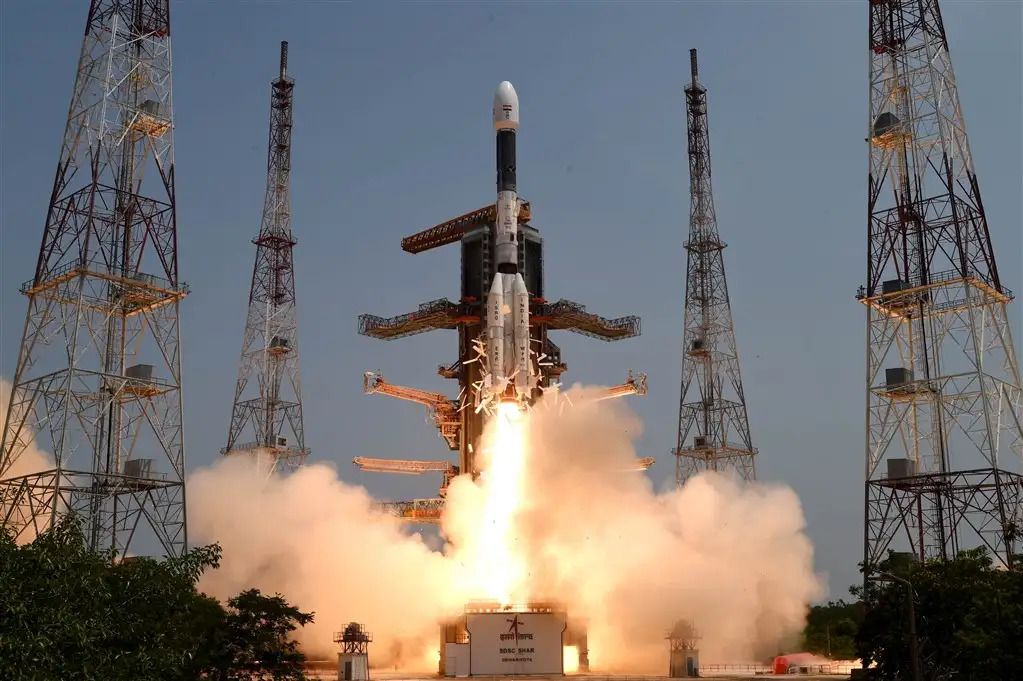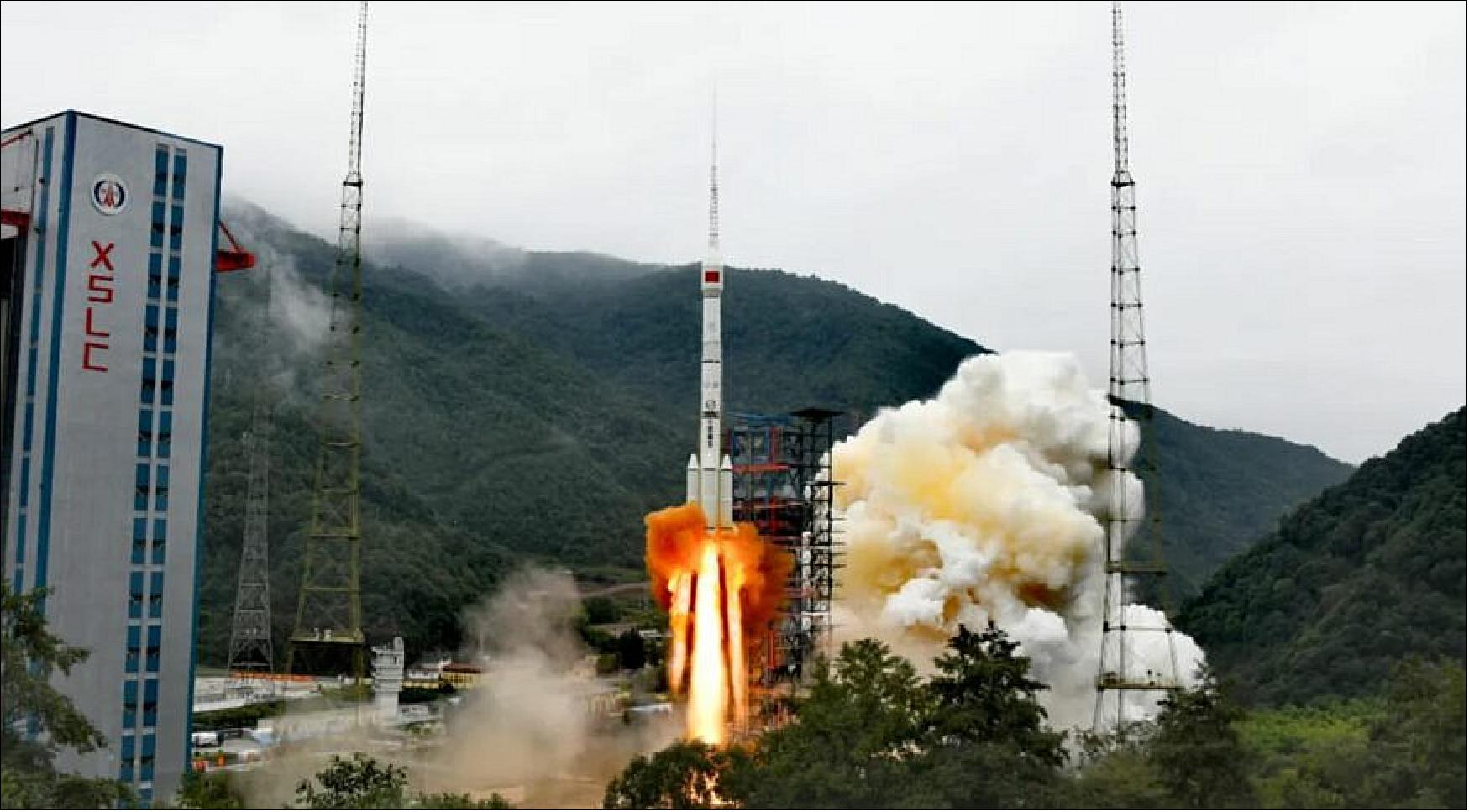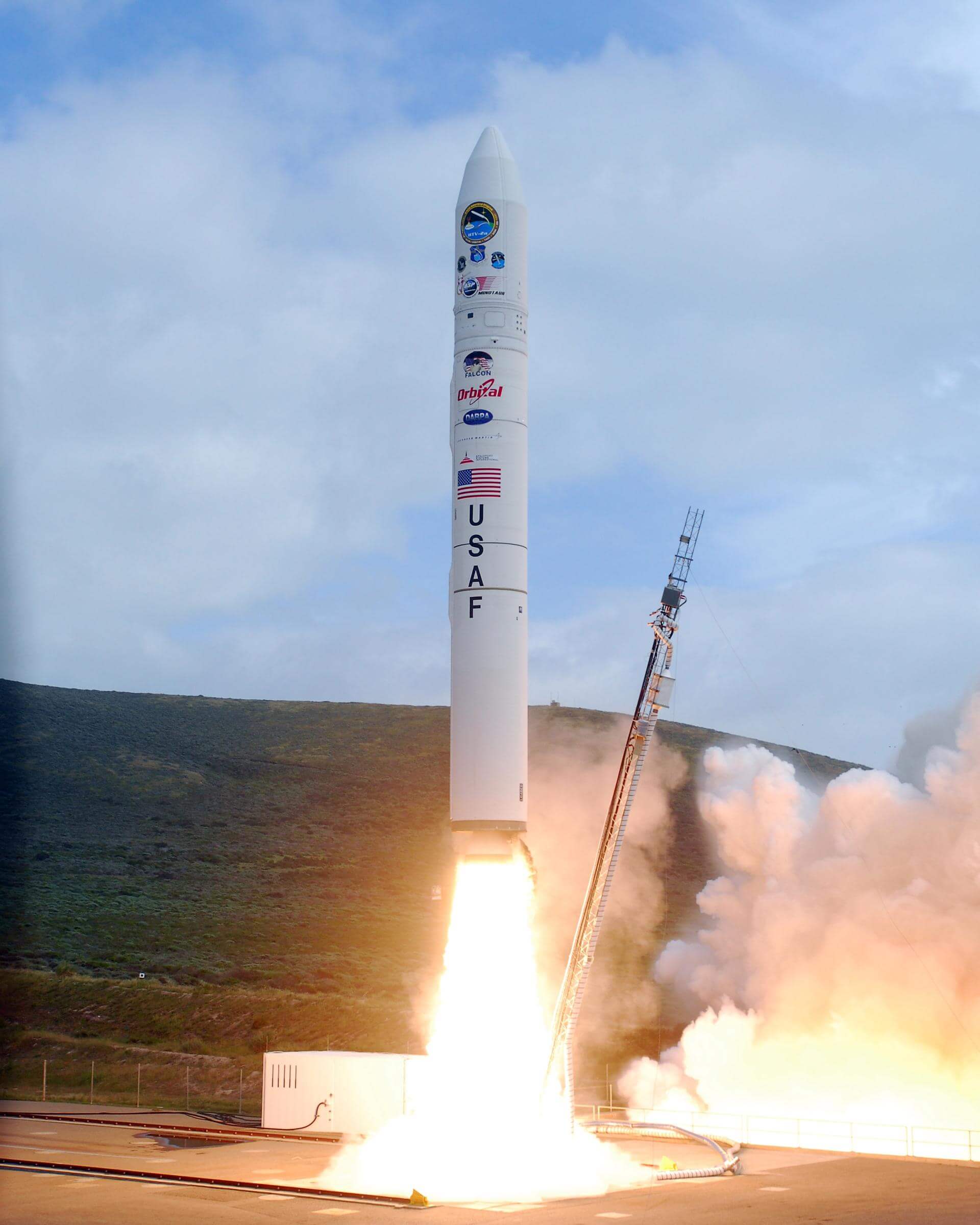· space brief · 5 min read
Space Brief 10 Apr 2025
Key topics today include the US Space Force's new international strategy, China's partnership with Pakistan for astronaut training, and conservation concerns over SpaceX landing proposals.

📄Top Stories
The US Space Force has unveiled a new International Partnership Strategy to boost global collaboration. Meanwhile, China is set to train its first foreign astronaut from Pakistan. Environmental concerns are mounting as the US Air Force plans to authorize SpaceX to land Starships on a protected atoll.
📰Detailed Coverage
US Space Force’s New Global Strategy
The US Space Force is increasingly leaning on international partnerships to enhance its strategic capabilities in space. The new International Partnership Strategy aims to foster collaboration with global allies, focusing on defense and keeping space a safe domain for all stakeholders.
This strategic pivot is expected to enhance space situational awareness and consolidate international efforts against space debris and other threats. Such collaborations could leverage satellite tracking technologies, a key feature of our web app, to maintain transparency and operational safety in shared orbits.
Read the full story: Space.com
China to Train Pakistani Astronaut
In a historic move, China has agreed to include a Pakistani astronaut in its training programs, positioning them to be the first foreign astronaut to visit China’s space station. This partnership marks a significant step in China’s broader international outreach in space endeavors.
The development highlights China’s growing presence in space diplomacy, contrasting the traditionally Western-dominated astronaut training landscape. This initiative may pave the way for more international cooperation on space missions, impacting how astronauts interact with space station infrastructure and contribute to scientific research in orbit.
Read the full story: Space.com
Conservationists vs. SpaceX Atoll Landings
Conservationists are raising concerns over the Air Force’s plan to permit SpaceX to land Starships on Johnston Atoll, a protected wildlife area. Environmental groups argue that such activities could significantly disrupt the local wildlife, particularly bird populations.
The debate highlights the ongoing clash between technological advancement and environmental preservation. As space exploration efforts expand, ensuring sustainable practices will be crucial to balancing ecological considerations with aerospace development.
Read the full story: Space.com
Pentagon’s Cost Review Order
A new Executive Order from President Donald Trump directs the Pentagon to review all major defense programs and potentially cancel those that are over budget or delayed. This initiative underscores a drive for increased financial accountability within defense spending.
The review could affect a range of defense projects, including those with significant satellite technology components. The review process may lead to adjustments in funding and development timelines, impacting related satellite tracking and operational strategies.
Read the full story: Breaking Defense
Navy’s Frigate Program Under Scrutiny
Lawmakers are questioning the viability of the Navy’s Constellation-class frigate program amidst delays and budget challenges. This scrutiny could lead to significant program alterations or even cancellation, depending on forthcoming evaluations.
The situation reflects broader trends in defense budget management and prioritization of resources. Should the program face adjustments, associated satellite communication systems may also undergo evaluation for cost-effectiveness and efficiency.
Read the full story: Breaking Defense
🛰️Satellite Spotlight
- Satellite Name: S80/T
- NORAD ID: 22078
- Launch Date: 1992 Aug 10
- Mission: Communication, experimental
- Orbit: Inclination 66.08°, Period 112.1 minutes, Eccentricity 0.0005886
- Operator: CNES
- Fun Fact: Launched aboard an Ariane 42P, S80/T is a microsatellite featuring solar cells and batteries for power, showcasing early examples of efficient satellite design for experimental missions.
Current TLE Data:
1 22078U 92052C 25100.13561065 -.00000019 00000+0 16968-3 0 9995
2 22078 66.0823 96.0620 0005886 187.6191 172.4739 12.86840366534895Track this satellite in real-time on our web app: Track S80/T
🚀Upcoming Space Launches
April 10
- China Aerospace Science and Technology Corporation Long March 3B/E:
- Unknown Payload from Xichang Satellite Launch Center, People’s Republic of China (16:37 UTC)
April 11
- SpaceX Falcon 9:
- Starlink Group 12-17 from Kennedy Space Center, FL, USA (01:54 UTC) A batch of 21 satellites for the Starlink mega-constellation - SpaceX’s project for a space-based Internet communication system.
April 12
- SpaceX Falcon 9:
- NROL-192 from Vandenberg SFB, CA, USA (12:17 UTC) Eighth batch of satellites for a reconnaissance satellite constellation built by SpaceX and Northrop Grumman for the National Reconnaissance Office to provide imaging and other reconnaissance capabilities.
April 14
- SpaceX Falcon 9:
- Starlink Group 6-73 from Cape Canaveral SFS, FL, USA (01:59 UTC)
- Blue Origin New Shepard:
- NS-31 from Corn Ranch, Van Horn, TX, USA (13:30 UTC) NS-31 is the 11th crewed flight for the New Shepard program and the 31st in its history.
- United Launch Alliance Atlas V 551:
- Project Kuiper (KA-01) from Cape Canaveral SFS, FL, USA (23:00 UTC) Project Kuiper is a mega constellation of satellites in Low Earth Orbit that will offer broadband internet access, managed by Kuiper Systems LLC, a subsidiary of Amazon.
April 16
- Northrop Grumman Space Systems Minotaur IV:
- NROL-174 from Vandenberg SFB, CA, USA (19:00 UTC) Classified payload for the U.S. National Reconnaissance Office.
April 17
- SpaceX Falcon 9:
- Starlink Group 6-74 from Cape Canaveral SFS, FL, USA (02:24 UTC)
April 19
- SpaceX Falcon 9:
- NROL-145 from Vandenberg SFB, CA, USA (00:00 UTC) Tenth batch of satellites for a reconnaissance satellite constellation built by SpaceX and Northrop Grumman for the National Reconnaissance Office to provide imaging and other reconnaissance capabilities.
April 21
- SpaceX Falcon 9:
- Dragon CRS-2 SpX-32 from Kennedy Space Center, FL, USA (08:15 UTC) 32nd commercial resupply services mission to the International Space Station operated by SpaceX. The flight will be conducted under the second Commercial Resupply Services contract with NASA. Cargo Dragon 2 brings supplies and payloads, including critical materials to directly support science and research investigations that occur onboard the orbiting laboratory.
Note: Launch dates and times are subject to change due to technical or weather considerations.

Maurice Stellarski





